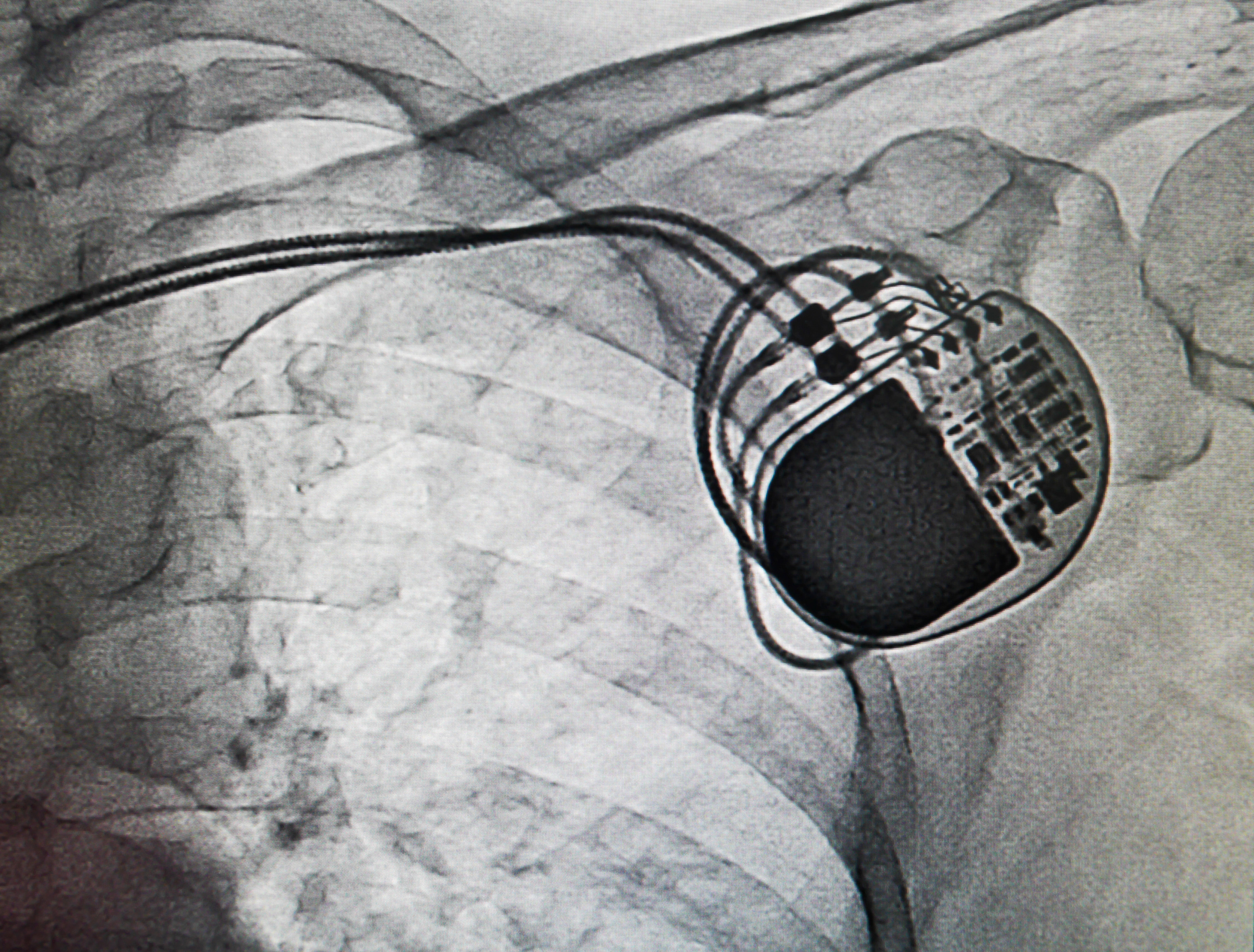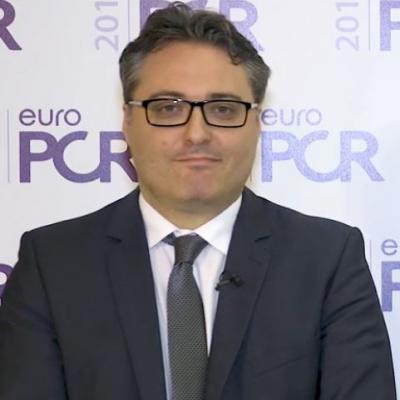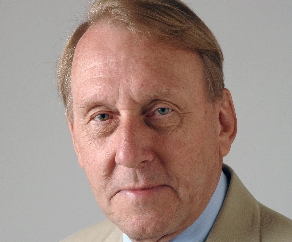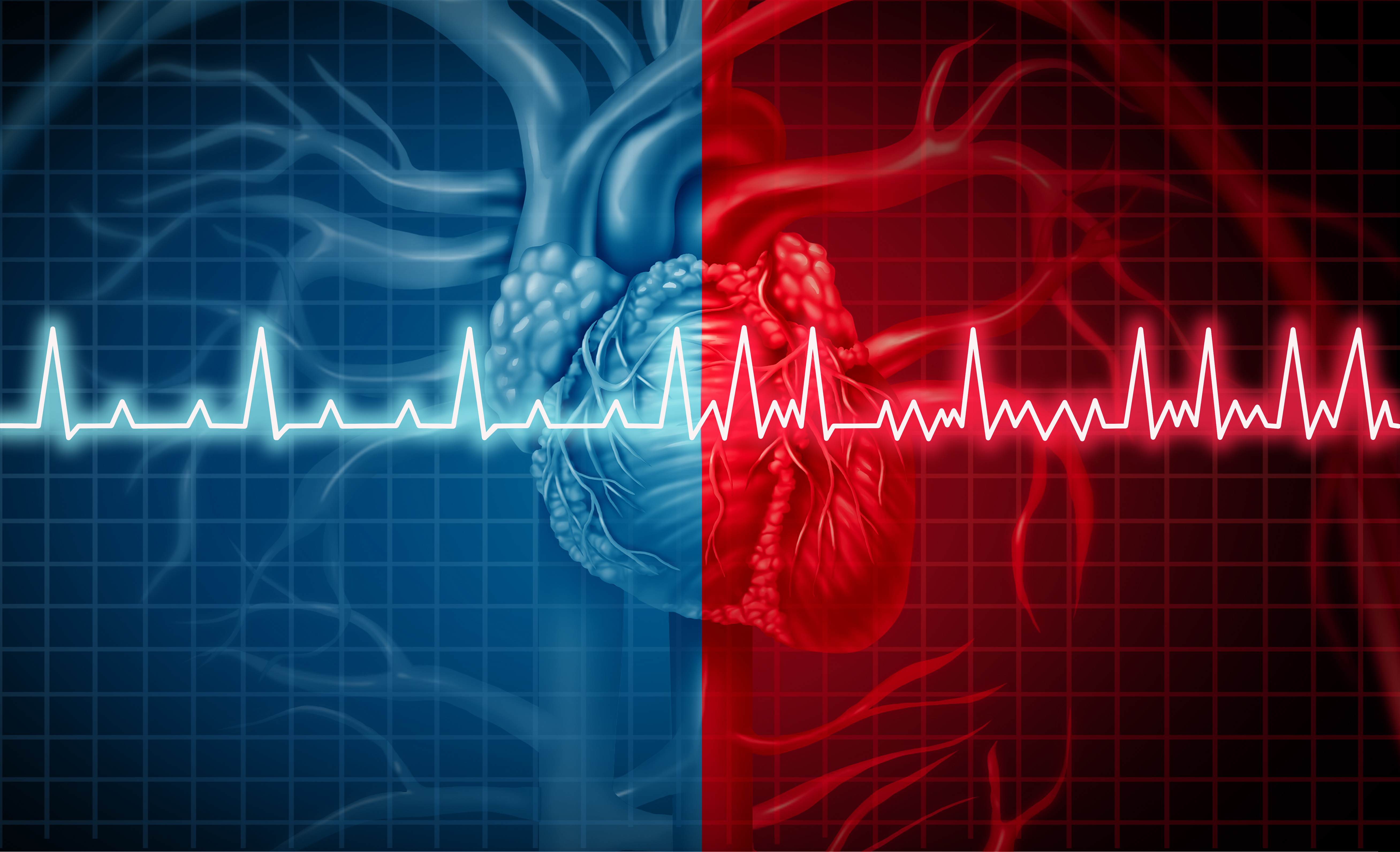A randomized trial led by Dr. Francisco Javier Garcia-Fernandez, published in the European Heart Journal, demonstrated that a simplified protocol of remote monitoring and for monitoring patients with implantable cardiac defibrillators or pacemakers was as safe and efficient as a protocol involving in-patient follow up.
Surveillance of patients with cardiac implantable devices is essential for the detection of problems that may arise but places a significant workload on staff. Remote monitoring (RM) has been demonstrated to be potentially reliable while utilizing less staff power. RM involves the automated transmission of data based on pre-specified alerts. It can also rapidly detect arrhythmias and device malfunction. Additionally, remote interrogation (RI) is the scheduled remote interrogation that is structured to mirror in-office follow-ups for patients with a pacemaker. Both RM and RI have the potential to reduce office visits resulting in a high degree of patient satisfaction. Despite the evidence to support both RM and RI, there has not been a lot of support for these two methods. The current recommendation is that after the first visit 2-12 weeks after implantation, there should be an annual in-person evaluation and continuous RM plus RI every 3-12 months for pacemakers (PM) and RI every 3-6 months for implantable cardiac defibrillators (ICD).
[perfectpullquote align=”full” bordertop=”false” cite=”” link=”” color=”” class=”” size=””]“The surveillance protocol common for single- and dual-chamber PMs and ICDs described in ‘RM-ALONE’, consisting of continuous RM and RI every 6 months, has proven to be safe for at least 2 years of follow-up and very efficient in terms of reducing hospital visits and staff workload.” – Dr. Francisco Javier Garcia-Fernandez, M.D., Ph.D. [/perfectpullquote]
The investigators wanted to demonstrate that it would be possible to avoid the in-person visits by performing the same RI structure every 6 months for patients with both ICDs and PMs. RM-ALONE was a randomized, multicenter study that randomized 445 patients to one of two groups. Patients were either randomized to the RM only approach or the standard approach (both RM and in-office (IO) visits). After the 12-week post-implant face to face visit, patients were then randomized. Patients in both groups attended an in-office evaluation after at least 24 months (end of study). The primary objective was to demonstrate non-inferiority with the main outcome being the proportion of patients with one or more major adverse cardiac event (MACE) over the first 24 months of follow up. MACE included death, stroke, hospitalization related to the device or cardiac cause, and device-related surgical intervention. The investigators also investigated the difference in MACE outcomes in both the PM and ICD groups.
Out of the 445 patients enrolled in the trial, 220 were randomized to the RM group and 225 to the RM + IO group. Of them, 294 had an implanted PM and 151 had an ICD. By the end of the trial, 88 patients (19.8%) had a MACE event (20% in the RM group, 19.5% in the RM + IO group). The evidence supports non-inferiority, indicating that RM is non-inferior to RM+IO in terms of the occurrence of MACE. 15 patients (6.8%) in the RM and 15 in the RM + IO (6.6%) died (HR 0.97, p = 0.942). When only looking at patients with pacemakers, there was no statistically significant difference in the occurrence of a MACE event between the two groups (p =0.876). The same applies to patients with an ICD (p = 0.649).
The investigators provide the outline for a simplified approach for the management of patients with PM and ICD that is both safe and efficient. RM alone reduced the number of face-to-face visits by 79.2% without a significant increase in unscheduled follow-up visits and a significantly decreased workload. In an editorial published with the study, Dr. Gerhard Hendricks highlights the potential for remote monitoring in patients with PM and ICDs but emphasizes the fact that RM still consumes a significant amount of time. He wrote, “we have to keep in mind that remote monitoring still consumes a considerable amount of time. This is obvious when comparing the reduction rates of total visits by almost 80% with the much smaller, albeit still evident, and significant decrease by 33% of total time spent by the healthcare professionals”. He also said, “Remote monitoring technologies have a great potential for significant savings in healthcare resources provided that these follow-up techniques are reimbursed in a way that is adequate considering the significant amount of time required by the healthcare professionals.” Ultimately, RM could be a safe form of follow up that would help reduce the number of unnecessary in-office visits and help increase patient satisfaction.





